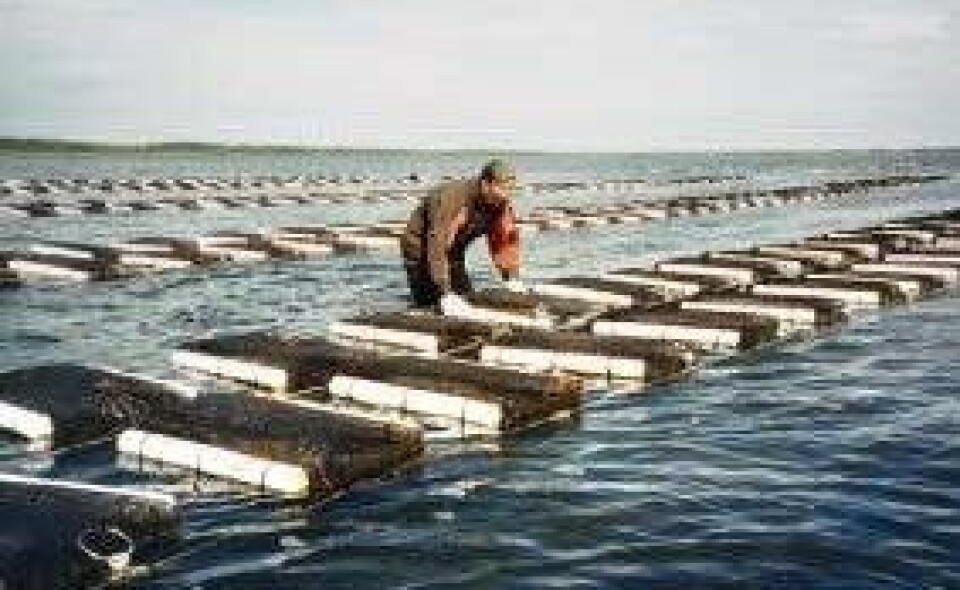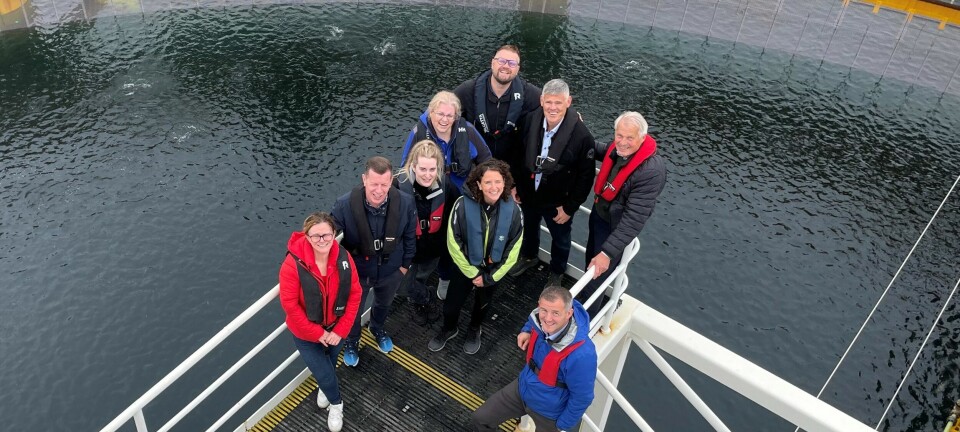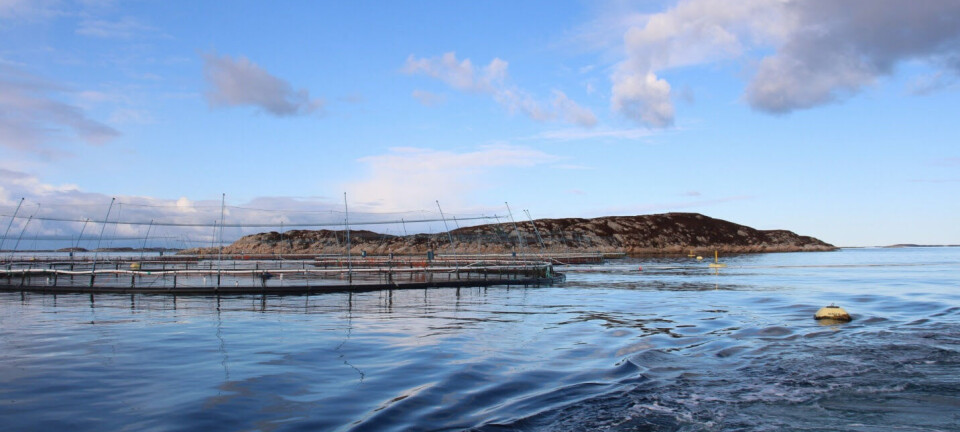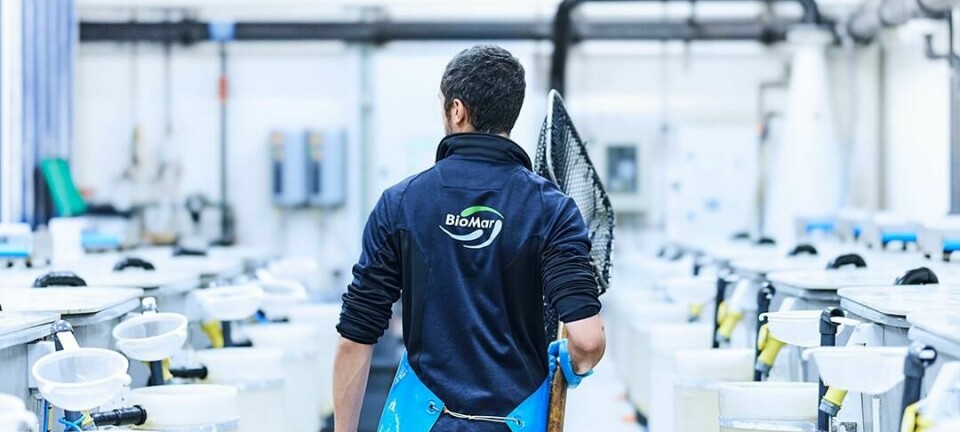
Aquaculture good for environment, economy, health
Thanks to the millions of dollars sent from US-based philanthropic foundations to American and Canadian environmental groups in order to fight the development of various aquaculture projects- public opinion about the business of fish or shellfish farming often leads to an attempt of automatic rejection of applications for new ventures- even a benign oyster farm proposal, as Sandra E. Shumway explains in a Guest Commentary to Massachusetts-based The Herald News;
EDITOR'S NOTE: The following guest commentary has been submitted in relation to the proposal for an oyster farm on Nanaquaket Pond in Tiverton. The proposal is the subject of a Rhode Island Coastal Resources Management Council public hearing on Wednesday, April 6 at 7 p.m. at Tiverton High School. Have you enjoyed Oysters Rockefeller, clams casino, mussels marinara, or maybe Coquilles St. Jacques recently? Chances are those shellfish were cultured overseas and imported to the United States. This adds to the cost and often reduces product quality. The clams, oysters, mussels and scallops could just as easily have been grown in local waters, simultaneously supplying fresh markets, employing local people, reducing our imports and improving our national trade balance. In the U.S., it’s recreation and aesthetics that come first, fishing and aquaculture are usually placed at the end of the list. Foreign lands often also have a better informed populace that takes genuine pride in a successful industry. Perhaps another difference between foreign and domestic aquaculture is that other countries have managers and legislators who support and promote aquaculture, and considerable research funds are provided by those governments to advance the industry. Aquaculture has been practiced in China for over 3,000 years. Romans enjoyed oysters so much that their prodigious feats of oyster-eating are remarkable even by today’s standards for gluttony and conspicuous consumption. In the 1600s, Native Americans living along the New England coast stored oysters in pits during the winter to preserve broodstock for planting in enclosed bays in the spring. But that interest in aquaculture certainly seems to have waned over the years. Today in the U.S., aquaculture is more of a novelty for a few hardy souls rather than a major food-producing industry. Shellfish culture in the United States was in its infancy 30 years ago and has made slow progress. We have the technology (and we readily sell it or give it away via scientific exchange to competitors worldwide). We clearly lack the vision and enthusiasm of our competitors. While Americans enjoy their share of seafood, there is a “not in my backyard” mentality when it comes to aquaculture. Japanese point proudly to the 11,000 oyster rafts in Hiroshima Bay. New Zealand boasts miles of mussel ropes in the pristine Marlborough Sound, Spain puts their mussel culture region on the tourist maps, even providing trips to visit the rafts. While Americans are willing to ignore millions of lobster trap buoys floating in coastal waters from Maine to North Carolina, they balk at the sight of two aquaculture buoys within eyeshot. Oyster racks on otherwise unused shores are deemed unsightly. Crab and lobster traps can be set over sea grass beds in Florida, but not shellfish cages cannot. If you want to incite a riot, try to place four buoys in a cove in Maine or scallop cages on the shore of Virginia! Worldwide, the demand for seafood continues to surpass supplies of wild-caught fish and shellfish and appetites for these products are growing steadily. Aquaculture is one source of increased shellfish production and regulators and legislators should be working overtime to stimulate growth of that industry. It should be an easy sell. Bivalve culture can be good for the environment, the economy, and the consumer. The animals are suspension feeders and get their food by filtering particles from seawater. In doing so, they reduce sediment loads and turbidity of estuarine and coastal waters and remove excess nutrients from the water column. Oyster populations in Chesapeake Bay 130 years ago were large enough to filter the entire bay in three to six days. Today, because shellfish populations are so depleted, a similar filtering would take about 325 days! It has been calculated that 3,750 rapidly growing oysters would be sufficient to eliminate the nitrogenous wastes reaching the estuary from one person living further upstream. The activities associated with farming shellfish not only provide jobs in some-times depressed regions of the country, but allow fishing communities to thrive in spite of declining wild fisheries. The structures used by farmers such as racks, cages, nets, ropes, trays and lines provide habitat and protection for larval and juvenile fish and invertebrates, and support secondary industries. Although the goal of most shellfish aquaculture is for private business interests, numerous public aquaculture, or stock enhancement, ventures exist along the US coast to boost depleted wild shellfish stocks. Aquaculture can promote biodiversity by helping to conserve endangered species. Water quality in shellfish growing areas must be of the highest quality, and bivalve culture activity often results in increased monitoring of environmental conditions of estuaries and coastal waters. Shellfish growers will not tolerate the discharge of untreated sewage near their farms. Culturing bivalves can be good for scientists too. Grow out sites provide a natural laboratory for researchers and many educators use hands-on aquaculture operations to teach ecology. Aquaculture can be good for you! Without all those fattening sauces, shellfish are downright healthy. Shellfish are high in protein and low in cholesterol and fat. They provide all of the essential amino acids and are an excellent source of Vitamins A, B1, B2, B3, C and D. Careful management and a cooperative working arrangement between shellfish growers, scientists, legislators and the general public are essential to the growth of aquaculture in the U.S. There’s gold in them thar clams. Shellfish aquaculture is a “green” industry and it can be a win-win situation all around. New attitudes and new management strategies are needed to encourage aquaculture, improve efficiency, and reduce and guard against environmental degradation. It’s a balance that’s good for everybody and you can bet the farm on it! Shumway has served as Editor-in-Chief of the Journal of Shellfish Research for 25 years, has published over 150 papers and several books, is a fellow of the American Association for the Advancement of Science and recently elected an honorary fellow of the World Aquaculture Society.























































